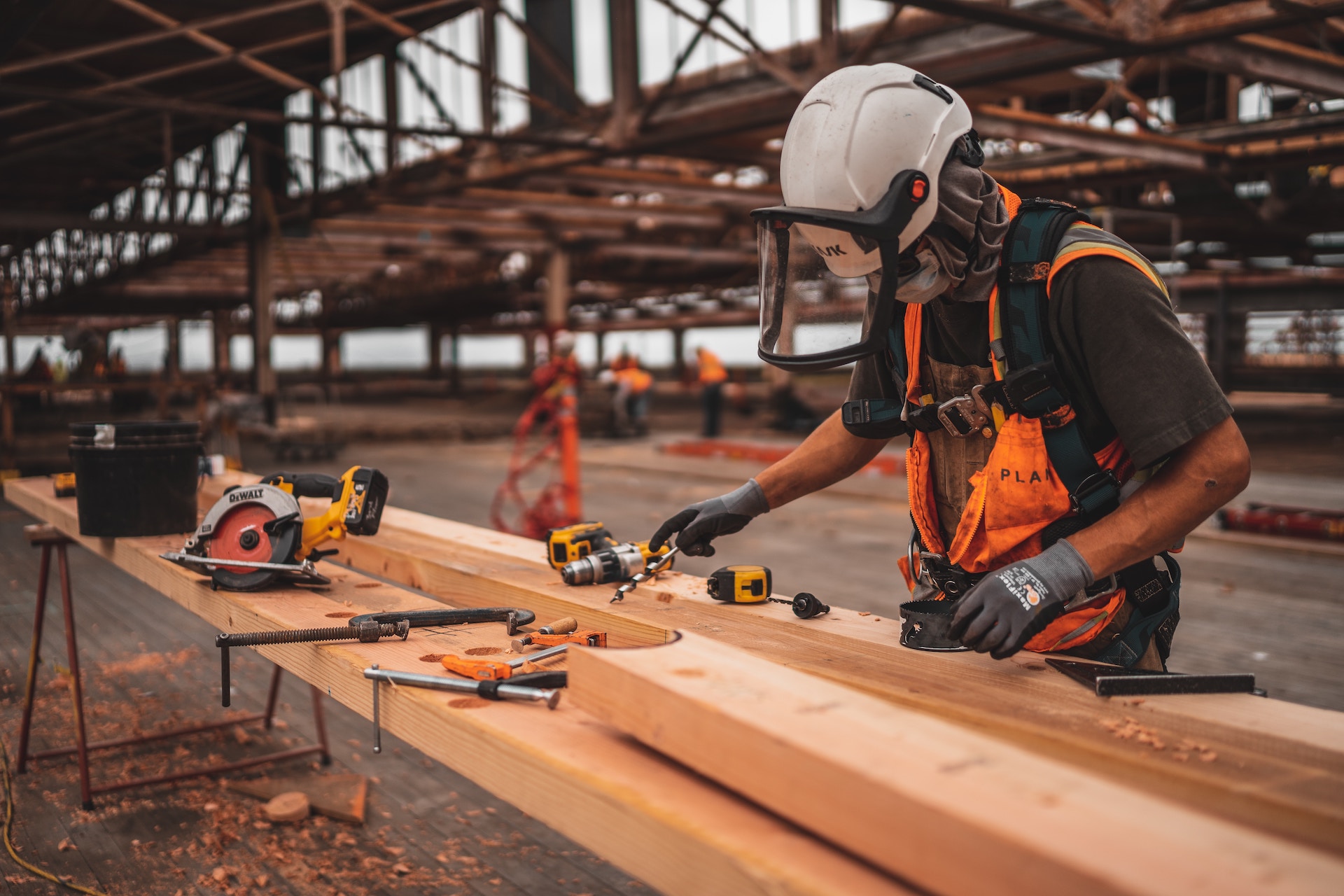Home renovation in the Philippines has been widely popular ever since the pandemic lockdowns in 2020 when people had nothing much to do at home. Building construction and interior design are not to be done DIY, but with Facebook communities like Home Buddies, affordable materials from popular online stores, and reliable online reviews, home improvement can be addicting for Filipinos!
When choosing construction supplies, one of the main concerns is the life span of the materials. That’s why we often choose waterproof, fireproof and pest-proof matter. Pests can cause significant damage to a building, including structural damage, electrical damage, and contamination of food products. In this article, we’ll explore pest-proof construction materials and why they are effective.
- Concrete
Concrete is one of the most commonly used construction materials in the world. It’s strong, durable, and resistant to pests. Concrete walls, floors, and foundations are impenetrable to most pests, making it an excellent choice for building exteriors and foundations. Additionally, concrete is fire-resistant, which provides an added layer of protection for your building.
- Steel
Steel is another durable construction material that is resistant to pests. It’s strong, lightweight, and highly resistant to corrosion, making it an ideal material for roofing and framing. Steel is also fire-resistant, which adds to its overall durability and protection against pests.
- Treated Wood
While untreated wood is susceptible to pests like termites, treated wood is highly resistant to pests. Pressure-treated wood is treated with chemicals that make it resistant to termites, rot, and decay, making it an excellent choice for building structures and outdoor decking. However, it’s important to note that treated wood should be handled with care and disposed of properly to avoid environmental contamination.
- Masonry
Masonry is a term that refers to construction materials like brick, stone, and concrete blocks. Masonry is highly resistant to pests, as it’s difficult for them to chew through or penetrate. Additionally, masonry provides excellent insulation, which can help reduce energy costs and provide a more comfortable environment inside your building.
- Metal
Metal is a versatile construction material that is highly resistant to pests. It can be used for roofing, siding, and framing, and it’s highly durable and long-lasting. Metal is also fire-resistant, which adds to its overall durability and protection against pests.
- Closed-Cell Foam Insulation
Closed-cell foam insulation is a type of insulation that is highly resistant to pests. It’s a type of spray foam insulation that creates an airtight seal, making it difficult for pests to enter. Closed-cell foam insulation is also highly durable and long-lasting, providing excellent insulation and reducing energy costs.
- Fiber Cement Siding
Fiber cement siding is a durable and pest-resistant siding material made from a mixture of sand, cement, and cellulose fibers. It’s highly resistant to termites, rot, and fire, making it an excellent choice for building exteriors. Additionally, fiber cement siding is low-maintenance and long-lasting, which can save you money on maintenance costs in the long run.
When constructing a building, it’s essential to choose materials that are resistant to pests. Pests can cause significant damage to a building, and it’s important to protect your investment by using durable and effective materials. By using pest-proof construction materials like concrete, steel, treated wood, masonry, metal, closed-cell foam insulation, and fiber cement siding, you can ensure that your building is protected against pests and built to last.
